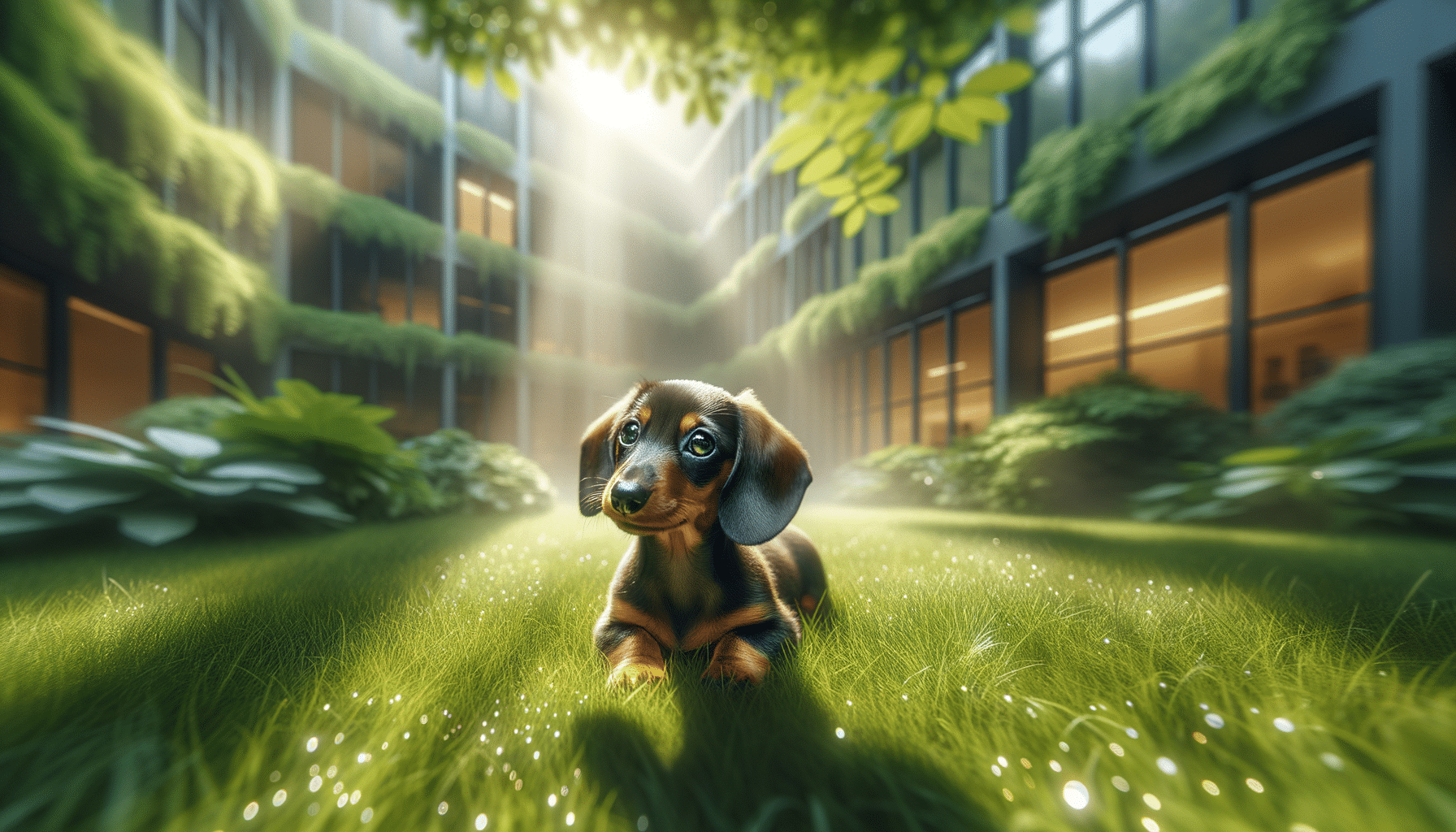
Mid-Century Modern: Nostalgia Meets Functionality
Mid-century modern design is more than just a style; it’s a testament to a time when simplicity, functionality, and aesthetics came together to create iconic interiors that remain popular today. This blend of nostalgia and practicality has captivated homeowners and designers alike, making it a timeless choice for modern interiors.
Understanding Mid-Century Modern Design
Mid-century modern design emerged during the mid-20th century, roughly from the 1940s to the 1960s. This era was characterized by clean lines, organic forms, and an emphasis on functionality. According to design expert Emily Henderson, “Mid-century modern design blends form and function to create spaces that are both aesthetically pleasing and highly practical.” This style focuses on simplicity and is often associated with a minimalist approach.
The Elements of Mid-Century Modern
- Natural Materials: Wood, leather, and metal are commonly used to create a warm and inviting atmosphere.
- Geometric Shapes: Furniture often features sleek, geometric designs that are both stylish and functional.
- Neutral Colors: A palette of earthy tones and muted colors provides a calming backdrop, with bold accents used sparingly.
Expert Opinions and Insights
Renowned interior designer Nate Berkus suggests that “mid-century modern is not just about the aesthetic but also about creating spaces that work for the way we live today.” A survey from the American Society of Interior Designers found that 60% of respondents prefer mid-century modern furniture for its versatility and timeless appeal.
Personal Anecdotes and Examples
Consider the story of a family in San Francisco who transformed their living space by incorporating mid-century modern elements. By adding a walnut coffee table and a classic Eames chair, they achieved a balance between modern comfort and nostalgic charm.
Actionable Tips for Embracing Mid-Century Modern
- Start with Key Pieces: Invest in a few standout furniture items like a sleek sofa or a stylish credenza.
- Incorporate Textures: Use rugs or cushions to add texture and depth to the space.
- Blend Old and New: Combine vintage decor with modern technology for a functional and stylish home.
Comparison: Vintage vs. Modern
| Feature | Vintage Mid-Century | Modern Interpretations |
|---|---|---|
| Materials | Solid wood, leather | Engineered wood, synthetic fabrics |
| Color Palette | Earthy tones | Bright and bold |
| Design Focus | Function over form | Form and function |
| Availability | Rare finds | Widely available |
| Cost | Potentially expensive | Varies |
| Maintenance | High | Low |
| Resale Value | High | Moderate |
| Popularity | Evergreen | Trendy |
FAQs
What defines mid-century modern design?
Mid-century modern design is defined by clean lines, organic shapes, and a focus on functionality.
Can mid-century modern elements be mixed with other styles?
Yes, mid-century modern pieces can be seamlessly integrated with various styles to create a unique and personalized space.
Is mid-century modern design still popular today?
Absolutely, its timeless appeal and versatility keep it in demand among homeowners and designers.
Conclusion
Mid-century modern design continues to capture the hearts of design enthusiasts with its perfect blend of nostalgia and functionality. By incorporating timeless pieces and embracing its core principles, you can create a living space that is both stylish and practical. Whether you’re a seasoned interior designer or a homeowner looking to refresh your decor, mid-century modern offers something for everyone. Explore more about this fascinating design trend and see how it can transform your home into a haven of style and comfort.

